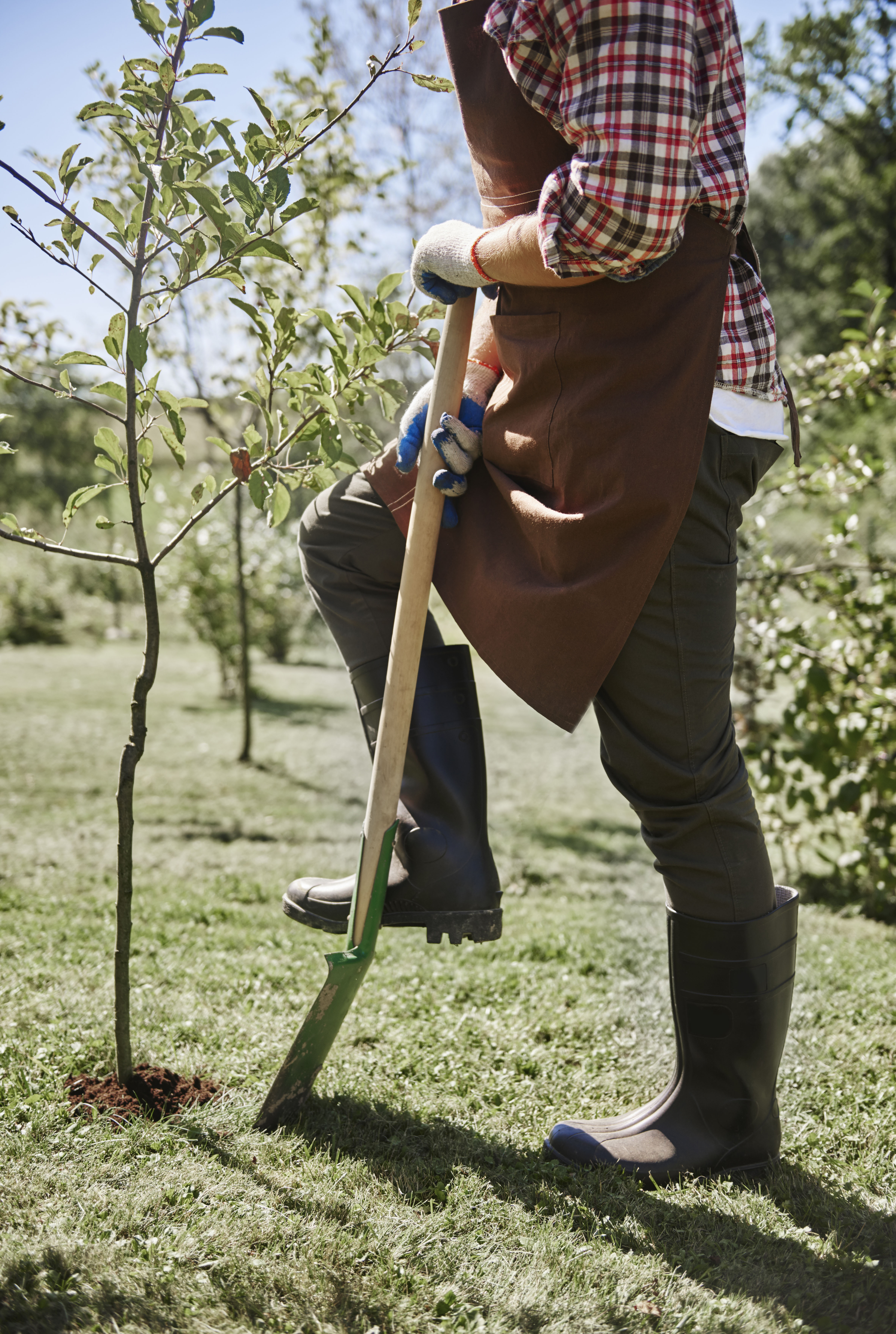How to Feed Your Tree
Get Your Trees Off to A Great Start!
How to Feed Your Tree for Healthy Growth
Are you wondering how to feed your tree for optimal growth? Natorp’s experts recommend starting with a root stimulant for new trees and switching to a balanced fertilizer as trees mature.  Here are additional tips from our tree growers:
Here are additional tips from our tree growers:
The Best Times to Feed Your Tree
Feeding your tree at the right time and with the right methods is key for optimal growth. At Natorp’s, we grow over 30,000 trees annually and know how important it is to feed them well. Our experts recommend feeding trees in early spring and mid-to-late fall for the best results. Here’s how to nourish your trees, no matter their age.
Feeding Tips for Newly Planted Trees
Use a gentle root stimulant like Bonide’s Plant Starter or Espoma’s Bio-tone for new trees to encourage strong root growth. Plant Starter can be mixed with water and poured at the tree’s base, while Bio-tone is added to the soil when backfilling around the tree.
Fertilizing Trees Planted 1-2 Years Ago
For trees in their first or second year, use a water-soluble fertilizer, such as Bonide’s Plant Starter or Miracle-Gro, applied around the tree’s base.
Feeding Established Trees (3+ Years)
For established trees, consider feeding indirectly by applying a balanced lawn fertilizer, which will also benefit surrounding trees.
The Benefits of Vertical Mulching for Trees
Vertical mulching involves drilling 2-inch holes around the tree and filling them with materials like sand, compost, or granular fertilizer. This improves soil aeration and water flow, helping trees absorb nutrients more effectively. It’s an intensive method but beneficial for mature trees, particularly those in compacted soil.
Need More Help?
With over 30,000 trees grown annually, Natorp’s experts are here to guide you. Ask our experts for personalized advice.